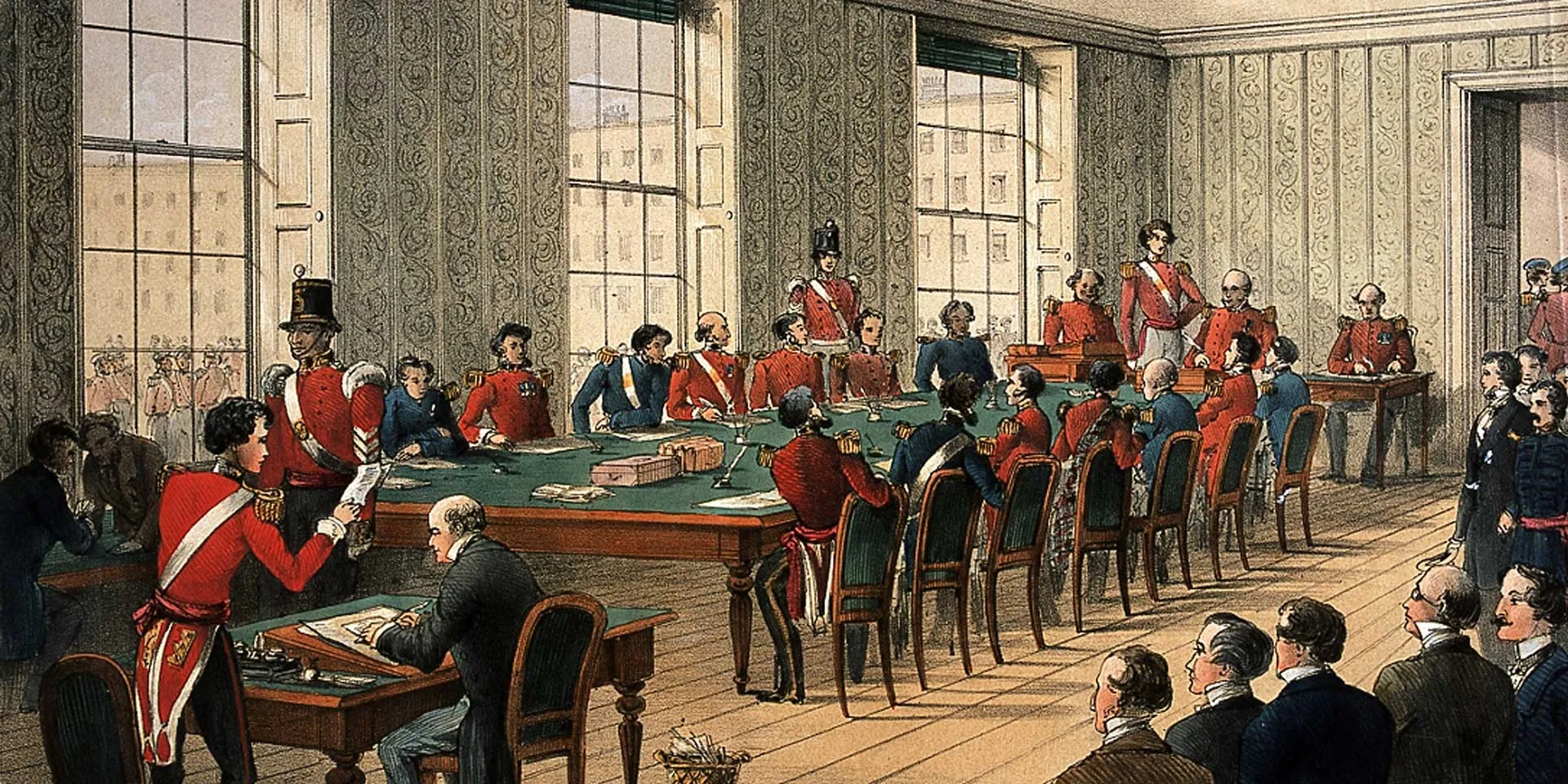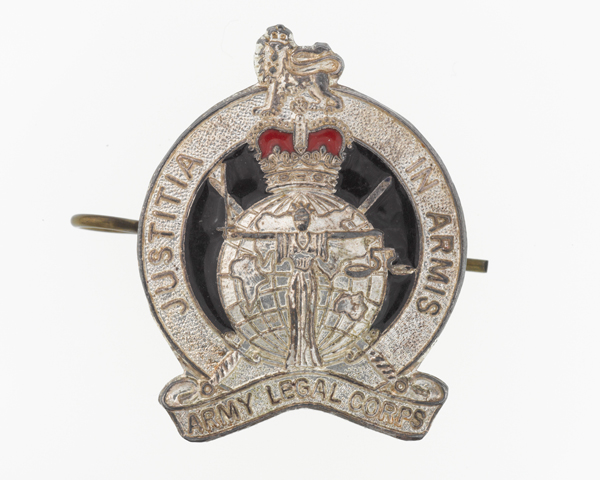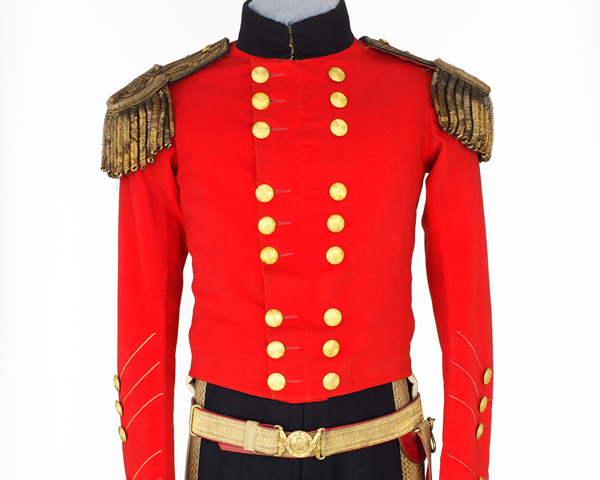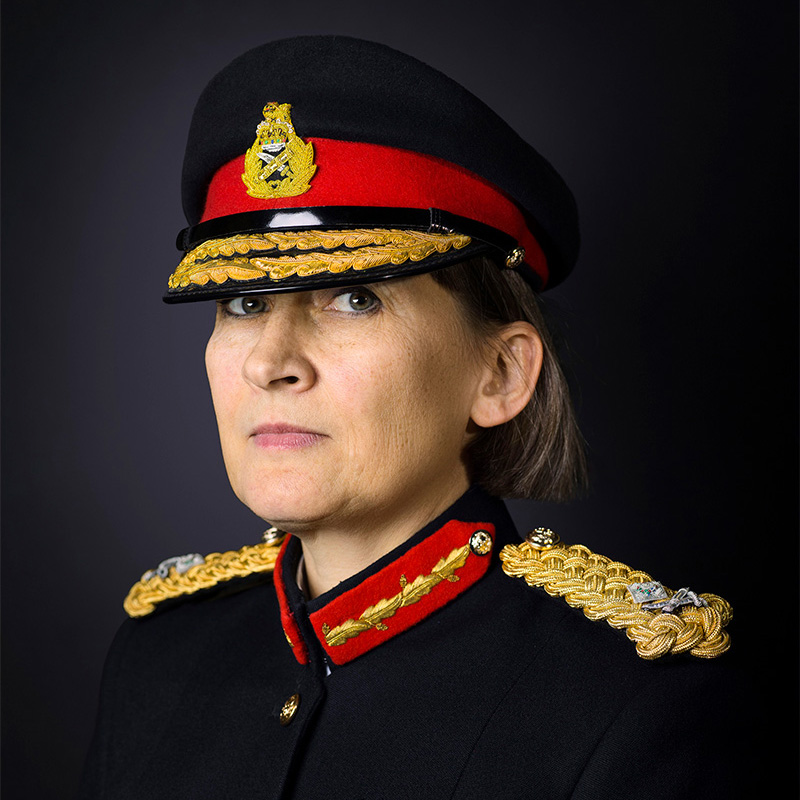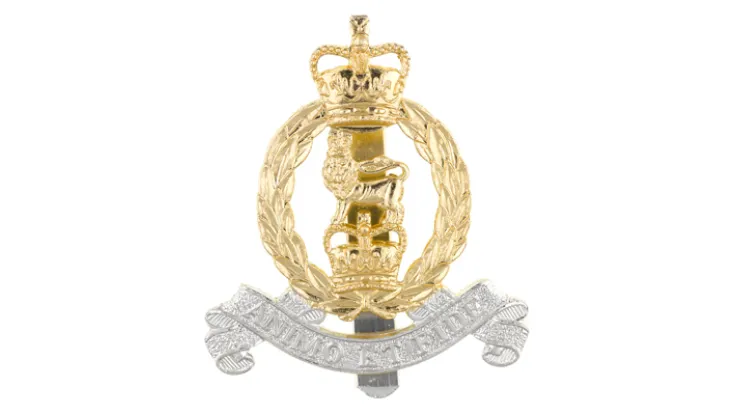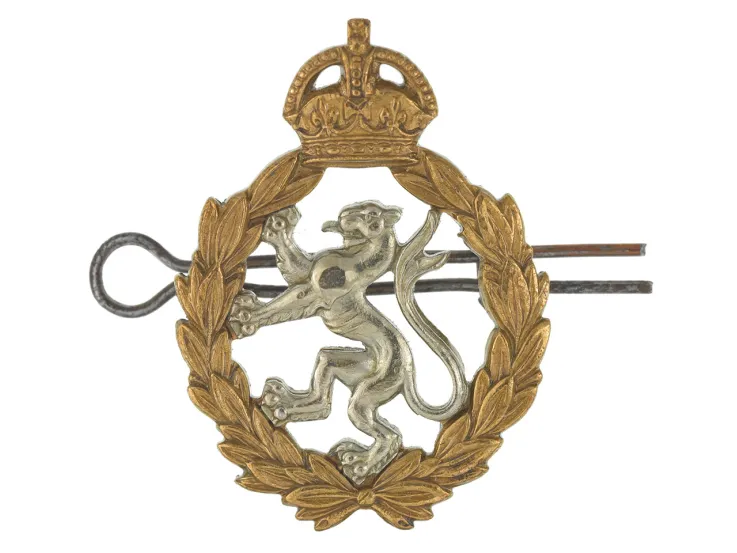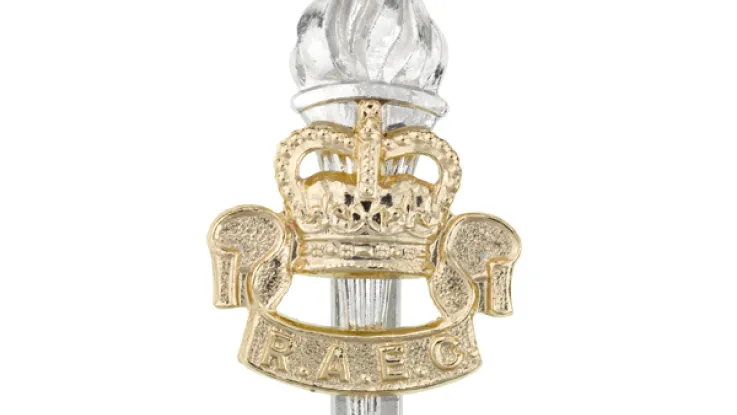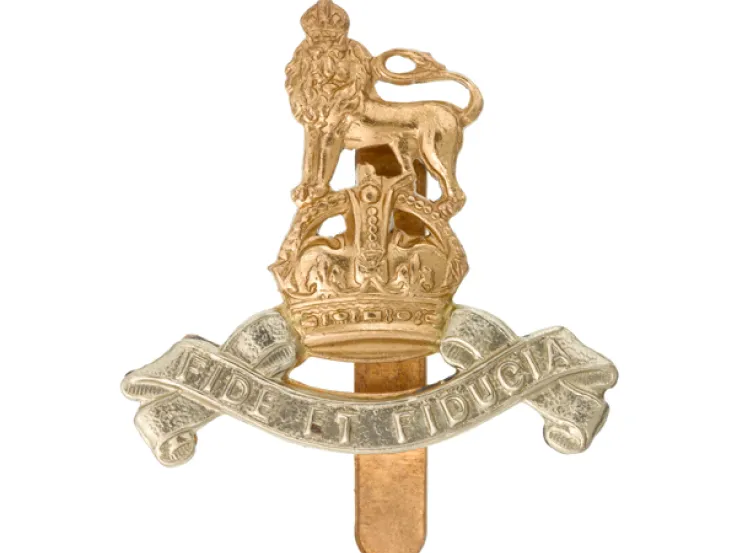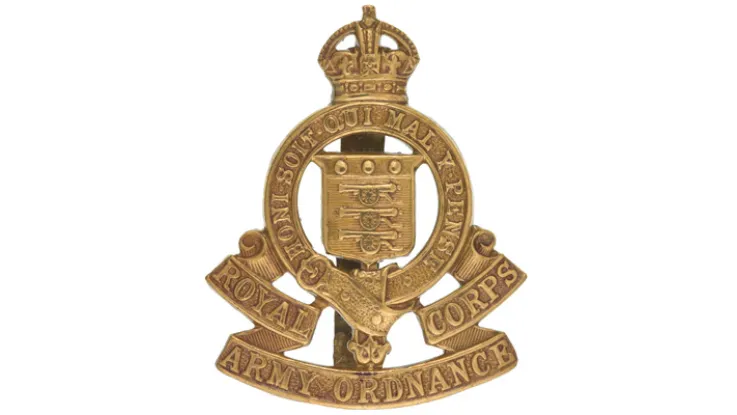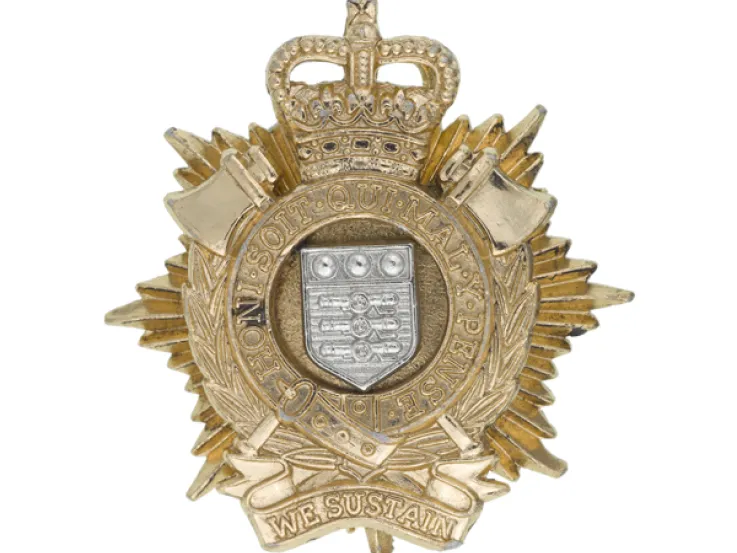Origins
When a criminal or disciplinary case is brought against a member of the British Army, the trial is known as a court martial. Courts martial are overseen by a Judge Advocate, the most senior of which is the Judge Advocate General.
The office of Judge Advocate General (JAG) has origins dating back to medieval times, but it was first established on a permanent basis in 1666. The JAG and his staff were also responsible for preparing the prosecution case.
By the early 19th century, the JAG was providing legal advice to senior Army officers. But little support was available to the rank and file.
The office of Judge Advocate General also served the legal needs of the East India Company's Presidency Armies and later the Indian Army.
Increased demand
The First World War (1914-18) required the mobilisation of soldiers on an unprecedented scale, prompting the formation of Britain’s first conscript armies. Deputy JAGs were appointed to help deal with the increased demand for legal support.
In 1923, a Military Department was formed within the Office of the Judge Advocate General to train and advise officers in legal matters. It was still customary at this time for soldiers to be defended by regimental officers and they rarely received legal advice.
The Second World War (1939-49) saw similar pressures from mass conscription. A separate branch of the Military Department was introduced during the conflict to deal with the prosecution of war crimes.
Reorganisation
A new Directorate of Army Legal Services was established in 1948, consisting of 20 officers. This served much the same function as the Military Department it had replaced, but it took on the additional responsibility of administering legal aid to soldiers.
In 1978, it was given full corps status, becoming the Army Legal Corps (ALC). During operations, its officers were stationed in theatre, assisting soldiers with legal matters, disciplinary issues and criminal injuries compensation.
Major General Susan Ridge CB
Susan Ridge worked as a solicitor in Wales, before joining the Army in 1992.
She served as a captain in the Army Legal Services branch of the Adjutant General's Corps and quickly rose through the ranks.
In 2015, she was promoted major general – becoming the first woman to hold that rank in the Army - and appointed Director General of the Army Legal Services.
Major General Ridge retired from the British Army in 2019.
Legacy
In 1992, the ALC became the Army Legal Services, a branch within the newly formed Adjutant General’s Corps. However, it retained its own independent identity and cap badge.
Over 100 officers serve in the Army Legal Services (ALS). All are fully qualified solicitors, barristers or Scottish advocates prior to commissioning.
The ALS provides legal support at all levels of the Army, both in times of peace and on operations. This requires expertise in various aspects of military law, civil law and international law, as well as the ability to advise on operational law, the law of armed combat and rules of engagement
Since 1992, ALS officers have served all over the world, including in Northern Ireland, Bosnia, Kosovo, Sierra Leone, East Timor, Afghanistan and Iraq.
Regimental museums
The National Army Museum works with a network of Regimental and Corps Museums across the UK to help preserve and share the history and traditions of the Army and its soldiers.
Discover more about the Army Legal Services by visiting the Adjutant General's Corps Museum in Winchester.

